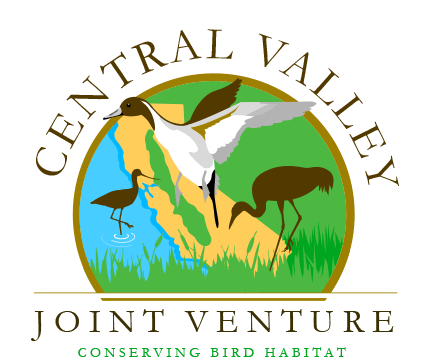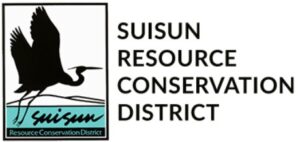Hear From Our Partners

Audubon California
Audubon California was established in 1996 as a field program of the National Audubon Society, overseeing the organization’s properties and leading conservation efforts. But our work in California goes back to the earliest days of the national organization, even before its formal founding. Audubon’s legacy of conservation and activism in the Golden State establishes it as a force for conservation along the Pacific Flyway.

The Nature Conservancy
Climate change is here. It’s up to us to adapt and fight the worst effects. TNC works to protect the ecosystems, species and natural resources that California relies on and that make our state unlike anywhere else. From stopping megafires to restoring our coasts, we access the power of nature to protect the thing that matters most: our home.
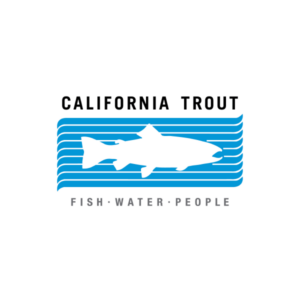
California Trout
At California Trout, our goal is to restore vibrance and abundance to California’s freshwater ecosystems, and to keep them that way for years to come. With the help of many local and national organizations, we’ve worked to improve the habitats of several fish species throughout California.
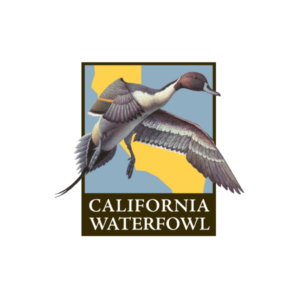
California Waterfowl Association
Our vision is a California with thriving waterfowl populations, vibrant wetland ecosystems and respected hunting communities.
Point Blue Conservation Science
Point Blue’s 160 scientists develop nature-based solutions to climate change, habitat loss, and other environmental threats to benefit wildlife and people.

River Partners
River Partners mission is to bring life back to rivers by creating wildlife habitat for the benefit of people and the environment. We envision interconnected, thriving floodplains that sustain abundant wildlife, support productive farmland, preserve freshwater resources, enhance surrounding communities, and serve as the first line of ecological defense in a changing climate.
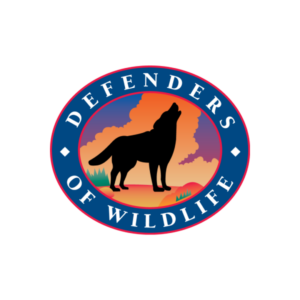
Defenders of Wildlife
Defenders of Wildlife is dedicated to the protection of all native animals and plants in their natural communities. We protect and restore imperiled species throughout North America by transforming policies and institutions and by promoting innovative solutions.

Ducks Unlimited
Ducks Unlimited conserves, restores, and manages wetlands and associated habitats for North America’s waterfowl. These habitats also benefit other wildlife and people.
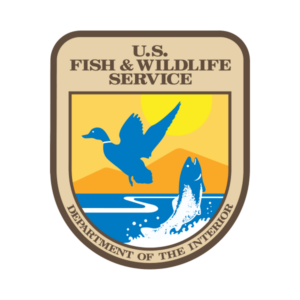
U.S. Fish and Wildlife Service
Working with others to conserve, protect, and enhance fish, wildlife, plants, and their habitats for the continuing benefit of the American people.

California Natural Resources Agency
The California Natural Resources Agency restores, protects and manages the state’s natural, historical and cultural resources for current and future generations using creative approaches and solutions based on science, collaboration and respect for all the communities and interests involved

USDA Natural Resources Conservation Service
We deliver conservation solutions so agricultural producers can protect natural resources and feed a growing world. We envision a world of clean and abundant water, healthy soils, resilient landscapes, and thriving agricultural communities through voluntary conservation.

U.S. Bureau of Reclamation
The mission of the Bureau of Reclamation is to manage, develop, and protect water and related resources in an environmentally and economically sound manner in the interest of the American public.
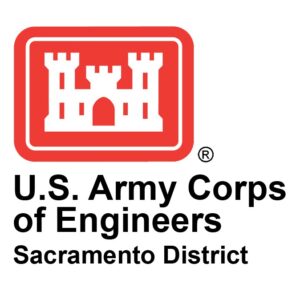
U.S. Army Corps of Engineers
We deliver vital engineering solutions, in collaboration with our partners, to secure our Nation, energize our economy, and reduce disaster risk.
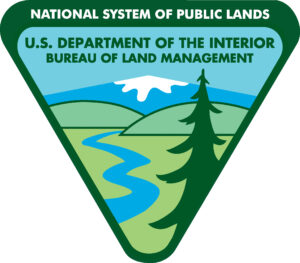
U.S. Bureau of Land Management
The Bureau of Land Management’s mission is to sustain the health, diversity, and productivity of public lands for the use and enjoyment of present and future generations.

U.S. Geological Survey
The USGS monitors, analyzes, and predicts current and evolving Earth-system interactions and delivers actionable information at scales and timeframes relevant to decision makers. As the science arm of the Department of the Interior, the USGS brings an array of earth, water, biological, and mapping data and expertise to bear in support of decision-making on environmental, resource, and public safety issues.
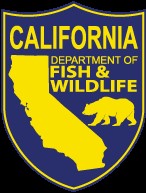
California Department of Fish and Wildlife
The CDFW mission is to manage California’s diverse fish, wildlife, and plant resources, and the habitats upon which they depend, for their ecological values and for their use and enjoyment by the public.
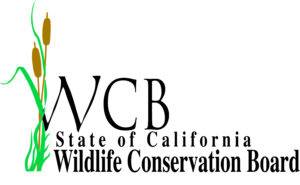
California Wildlife Conservation Board
The Wildlife Conservation Board protects, restores and enhances California’s spectacular natural resources for wildlife and for the public’s use and enjoyment in partnership with conservation groups, government agencies and the people of California.
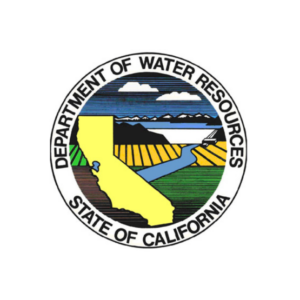
California Department of Water Resources
The Department of Water Resources sustainably manages the water resources of California, in cooperation with other agencies, to benefit the state’s people and protect, restore, and enhance the natural and human environments.
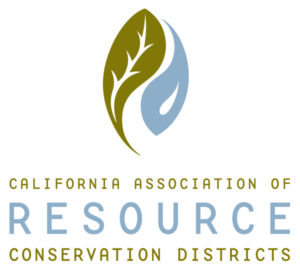
California Association of Resource Conservation Districts
We work with Resource Conservation Districts, state and federal agencies, policy makers, and individuals to ensure the resilience and health of California’s water, soil, wildlife habitat, and other natural resources. Our vision is that every Resource Conservation District has the support, leadership, and capacity to help tackle our toughest natural resource issues by working in partnership with all members of the community.

Pacific Gas and Electric company
Pacific Gas and Electric Company is one of the largest utility companies in the United States and is part of the PG&E Corporation. The company provides natural gas and electrical service to approximately 16 million people throughout a 70,000-square-mile service area in northern and central California.
Other Important Partners

California Rice Commission
The California Rice Commission exists to support the 2,500 growers and handlers of rice in California. We help the industry in areas of conservation, legislation, public education and regulation. Conserving the values of rice as habitat for waterfowl, shorebirds and waterbirds in the Pacific Flyway is a priority of the CRC.
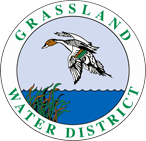
Grassland Water District
The Grassland Water District’s primary function is to protect, secure and deliver water to wetlands within the 75,000 acre Grassland Resource Conservation District, including Private, State and Federal Wildlife Refuges. The District works closely with the California Department of Fish and Wildlife and the U. S. Fish and Wildlife Service to maximize food and habitat availability to meet the needs of migratory birds utilizing the Pacific Flyway.
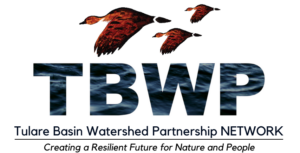
Tulare Basin Watershed Partnership Network
The Tulare Basin Watershed Network is a coalition of leaders and practitioners from the agriculture and food industry, water management, ecological and conservation groups, and socio-economic interests. Our purpose is to generate and implement integrated, inclusive, and innovative solutions to advance ecosystem and watershed resilience and socio-economic sustainability.
Suisun Resource Conservation District
The Suisun Resource Conservation District (SRCD) provides the landowners with technical assistance in permitting, water control, and habitat management to ensure the wetland and wildlife values of the Suisun Marsh are sustained and enhanced. The SRCD covers over 115,000 acres which includes 52,000 acres of managed wetlands, 6,300 acres of unmanaged tidal wetlands, 30,000 acres of bays and sloughs, and 27,000 acres of upland grasslands.
